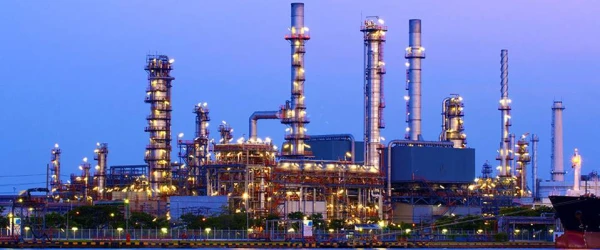
60% of the demand for "black gold" will be provided by developing economies.
The decline of oil and gas has been postponed, the West has acknowledged. Wealthy energy-importing countries had hoped that the world would soon stop increasing its consumption of fossil fuels, but this week they revised their estimates to the delight of major exporters — Russia, Saudi Arabia, and the USA, which under Donald Trump bet on oil and gas.
However, for consumers in the West, not everything is so bleak, according to the latest scenarios from the International Energy Agency (IEA). There is an abundance of oil in the world, and even more gas, so low gasoline prices are expected in the coming months, and in the coming years, a decrease in prices for gas, electricity, and heating.
All of this should help Europe achieve its goal of completely abandoning Russian energy resources by the end of the decade, some experts believe, while others are convinced that the new forecast, on the contrary, gives hope to Russia and other energy powers that their main commodity will be in demand in the foreseeable future. For the last five years, the IEA has predicted an imminent "peak oil," and shortly thereafter, a "peak gas," which would allow the West to reduce its dependence on oil autocracies like Russia, Iran, Venezuela, and Saudi Arabia in the coming years, while also reducing emissions into the atmosphere to avoid a climate catastrophe. But this year, the IEA changed its tune. Why?
Because the world has changed over the past year, said IEA head Fatih Birol at a press conference. Europe and the USA have expanded sanctions against Russian oil to persuade Vladimir Putin to stop the invasion of Ukraine and are preparing an embargo on Russian natural gas. Against this backdrop, some Western countries have softened their initial plans to transition from fossil fuel sources to renewables. And in the USA, Donald Trump has returned to power and, under the slogan "drill, baby, drill," has rolled back the "green" reforms and subsidies enacted under Joe Biden.
"Energy policy is changing. The US authorities have expanded support for the oil industry and nuclear energy while cutting support for wind and solar energy and subsidies for electric vehicles. A number of other countries changed course last year to ensure energy security," the latest IEA report states.
The world consumes more energy each year (+60% since the beginning of the century), and the only engine of growth is the developing economies, especially China and other Asian countries. At the same time, in developed economies, consumption peaked in 2007 and will not exceed that level at least until 2035, according to the IEA.
Developing countries currently purchase 45% of all oil and gas exports in the world, and by 2035, their share will grow to 60%. Therefore, in the new IEA scenarios, the demand for oil will not stop in the next couple of years, as previously thought, but will continue to grow until around 2030. And this is only if most of the announced reforms in the energy sector are implemented.
In a more conservative scenario, where current energy policy remains virtually unchanged, demand for oil will continue to increase until 2050.
Demand for gas in this case will grow even after 2050, but even with a successful "green" restructuring of the economy, gas will still be popular, as prices will fall if all the liquefied gas production projects already launched, primarily in the USA and Qatar, are realized.
A peak in gas demand is not expected until at least the late 2030s, warns the IEA.















Leave a comment